According to businesses, there are more opportunities for exporting Vietnamese seafood to China, but only in a few small product groups.
On August 24, the Chinese government banned all seafood imports from Japan as the country began discharging treated nuclear wastewater from the Fukushima plant into the Pacific Ocean . It is unclear how long this import ban will last. Previously, the Chinese government also banned food imports from 10 of Japan's 47 prefectures from July 2023.
Speaking to VnExpress , the director of a fish export company in Nha Trang said the ban would create favorable conditions for Vietnamese seafood, but the level would only be concentrated in a few small groups such as tuna and other seafood. Products such as tra fish and shrimp would not have many changes.
His company supplies shrimp, squid, octopus and tuna to the Chinese market. "However, China only increased its tuna orders by about 15% compared to the same period last year, while shrimp and octopus orders still decreased by 20%," he said.
In the fourth quarter, the company's seafood exports to China are expected to improve as the country increases purchases during the year-end holidays. In particular, Japanese bluefin tuna is banned from being exported to this market, which is an opportunity for Vietnamese goods to increase in price and gain more position.
Sharing the same view, Mr. Doan Chi Thien - member of the Board of Directors of Nam Viet Joint Stock Company - said that Vietnamese seafood has more motivation to recover in the last months of the year. In particular, the group of seafood caught at sea has more opportunities when entering this market. Because, according to him, most of the seafood imported from Japan by China is crustaceans and mollusks. In terms of the structure of imported products, crabs, shrimp of all kinds, snails and tuna are the groups that will benefit.
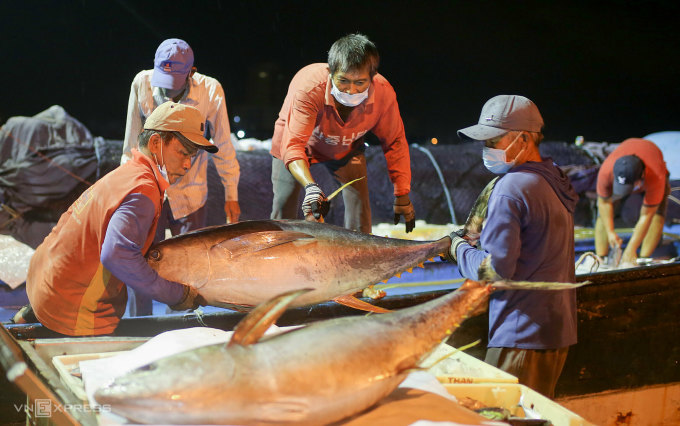
Ocean tuna caught by Da Nang fishing boats. Photo: Van Dong
From a comprehensive perspective of the industry, businesses all believe that the opportunity for Vietnamese seafood to enter the Chinese market is not too great. Because the total seafood import turnover of China in 2022 is 19.13 billion USD, the supply from Japan only accounts for about 3%. The key seafood supplying countries to China are Ecuador (accounting for 18.6%), Russia (accounting for 14.4%), Vietnam (accounting for 8.8%), and India (accounting for 6.6%).
According to SSI Research data, the average export price of pangasius from Vietnam to China is still lower than the same period last year due to a sharp decrease in purchasing power.
SSI Research believes that pangasius is not a product that can directly replace seafood imported from Japan (mollusks such as squid, octopus, clams, etc. are the main export products). In 2022, the export value of fish fillets from Japan to China only reached 11.8 million USD. Ecuador, India and Russia are the main exporters to China.
"We noted a slight increase in pangasius export volume to China last week compared to the same period last year, but it was insignificant and unrelated to this import ban news," SSI Research emphasized in the report.
The assessment of the Vietnam Association of Seafood Exporters is similar when it said that the picture of seafood exports in the world market in general and China in particular is difficult to recover strongly. In the first half of the year, major markets such as the US, EU and China still faced inflation, causing consumption to decline.
Of which, in the first 7 months of the year, tra fish exports to this market decreased by 32% to 325 million USD, shrimp exports to this market reached 338 million USD, down 9% over the same period.
Mr. Truong Dinh Hoe - General Secretary of VASEP - cited that the seafood industry in general and pangasius in particular of Vietnam expected an increase in demand after China opened its doors. But in reality, pangasius export turnover to this market has decreased sharply.
The recent ban on imports from Japan, according to Mr. Hoe, is not considered an "opportunity" for Vietnam because the largest seafood suppliers to China are Ecuador, India and Russia, not the land of the rising sun. For Vietnam, scallops, sea cucumbers and crabs have the opportunity to increase, but the rate is not too high because the prices of these items are expensive while consumers in this country are tightening their spending.
As a large seafood exporter to China, Mr. Thien said he is trying to maintain operations. He hopes that the above positive signals will help the export market brighten in the fourth quarter.
Thi Ha
Source link



![[Photo] Pink ball and table tennis](https://vphoto.vietnam.vn/thumb/1200x675/vietnam/resource/IMAGE/2025/5/26/d9f770bdfda243eca9806ea3d42ab69b)






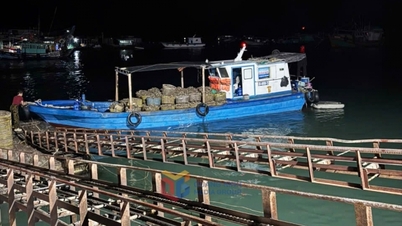





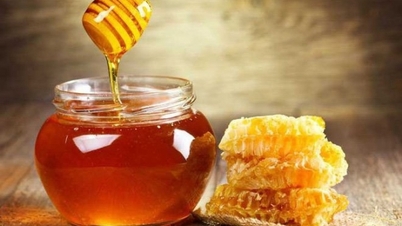

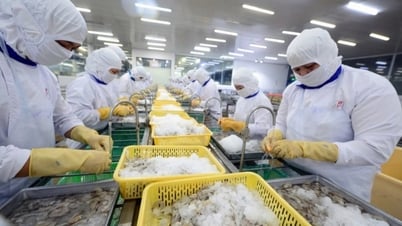
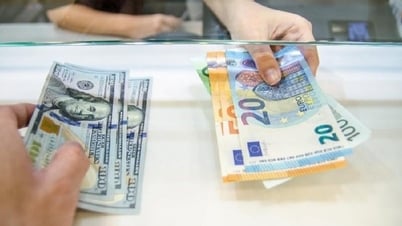


















![[Photo] French President Emmanuel Macron and his wife begin state visit to Vietnam](https://vphoto.vietnam.vn/thumb/1200x675/vietnam/resource/IMAGE/2025/5/25/03b59c7613144a35ba0f241ded642a59)
![[Photo] Ea Yieng commune settlement project abandoned](https://vphoto.vietnam.vn/thumb/1200x675/vietnam/resource/IMAGE/2025/5/25/57a8177361c24ee9885b5de1b9990b0e)




























![[Infographic] Vietnam-France Comprehensive Strategic Partnership](https://vphoto.vietnam.vn/thumb/402x226/vietnam/resource/IMAGE/2025/5/26/986f63068ea9413dbbb558ee6c6944f3)
























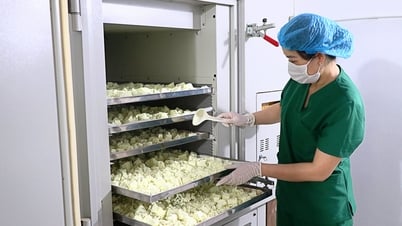










Comment (0)